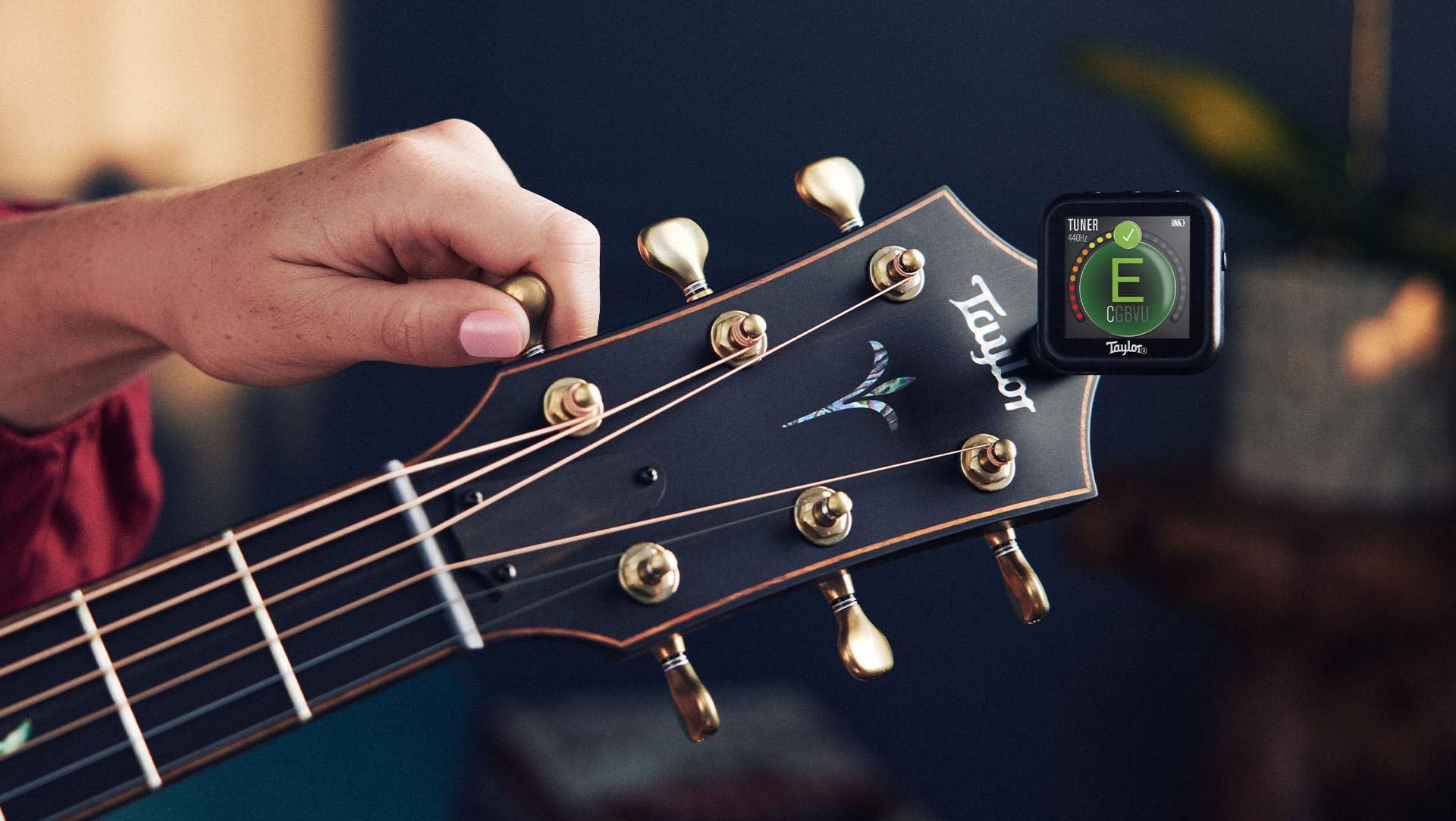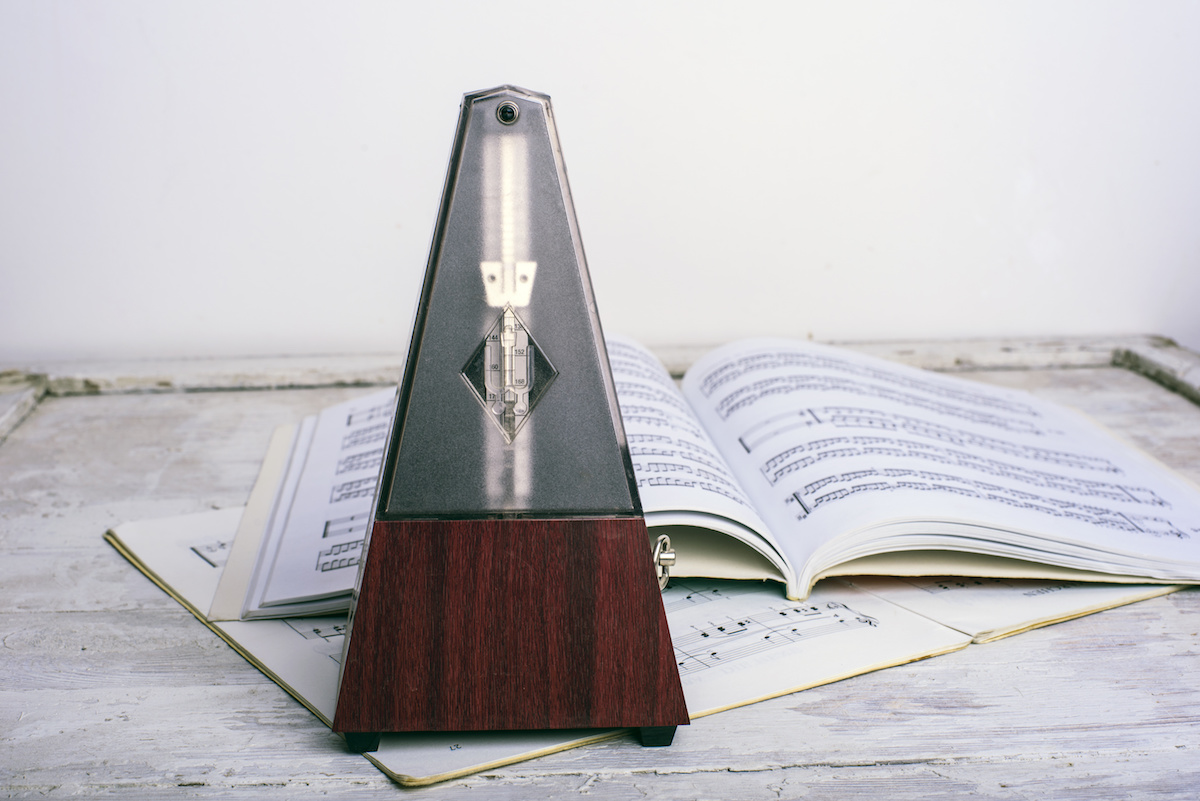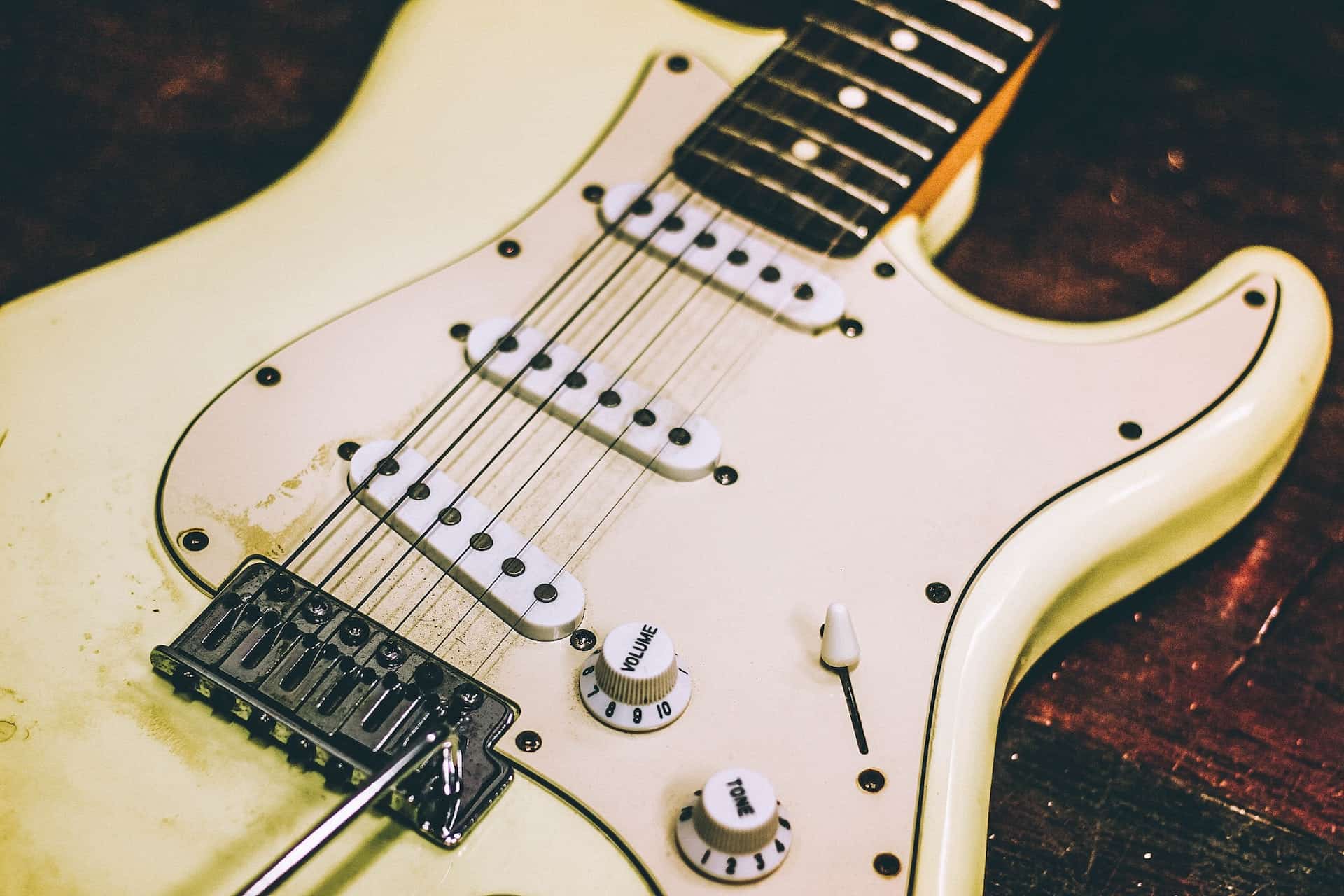Home>Instruments>Guitar>How Does A Guitar Tuner Work


Guitar
How Does A Guitar Tuner Work
Modified: February 15, 2024
Learn how a guitar tuner works and the different types of tuners available for your guitar. Keep your guitar in perfect pitch with the right tuning techniques.
(Many of the links in this article redirect to a specific reviewed product. Your purchase of these products through affiliate links helps to generate commission for AudioLover.com, at no extra cost. Learn more)
Table of Contents
Introduction
Guitar tuning is an essential aspect of playing the instrument. Whether you're a beginner or a seasoned musician, the importance of achieving and maintaining proper tuning cannot be overstated. A well-tuned guitar not only ensures that the music you create sounds harmonious and pleasing to the ear but also contributes to the overall playing experience.
In the world of guitar tuning, a valuable tool that aids in achieving and maintaining the correct pitch of each string is the guitar tuner. This device has become a staple for guitarists of all levels, serving as a reliable companion in the pursuit of sonic perfection.
In this article, we will delve into the intricate workings of guitar tuners, exploring the different types available and shedding light on how they function. By gaining a deeper understanding of guitar tuners, you can elevate your playing and appreciation of the instrument. Whether you're a beginner looking to grasp the fundamentals or an experienced guitarist seeking to enhance your knowledge, this exploration of guitar tuners will provide valuable insights into this indispensable tool.
Overview of Guitar Tuning
Before delving into the intricacies of guitar tuners, it’s crucial to grasp the fundamental concept of guitar tuning itself. Guitar tuning refers to the process of adjusting the tension of each string to achieve the correct pitch. Standard tuning for a six-string guitar, from the lowest-pitched string to the highest, is EADGBE. Each letter represents the pitch of the open string when strummed without any frets pressed down.
Accurate tuning is vital for several reasons. Firstly, it ensures that the notes and chords you play sound harmonious and in key, contributing to the overall musicality of your performance. Additionally, proper tuning is essential when playing with other musicians, as it allows for cohesive and synchronized playing. Whether you’re jamming with friends or performing on stage, being in tune is non-negotiable.
Traditionally, guitarists tuned their instruments by ear, using a reference pitch from a tuning fork, piano, or another tuned instrument. While this method is valuable for developing a keen sense of pitch and ear training, it can be time-consuming and challenging, especially for beginners. This is where guitar tuners come to the rescue, offering a convenient and precise means of achieving and maintaining accurate tuning.
Understanding the significance of guitar tuning sets the stage for comprehending the pivotal role that guitar tuners play in the musical journey of guitarists. With this foundational knowledge in place, let’s explore the various types of guitar tuners available and how they cater to the diverse needs of guitar players.
Types of Guitar Tuners
Guitar tuners come in a variety of forms, each offering unique features and catering to the diverse preferences and requirements of guitarists. Understanding the different types of guitar tuners is essential for selecting the one that best aligns with your playing style and needs.
1. Clip-On Tuners: These compact tuners attach directly to the headstock of the guitar, making them easily accessible during practice sessions and performances. Clip-on tuners detect the vibrations of the guitar’s neck, allowing for accurate tuning even in noisy environments. They are favored for their portability and convenience, making them a popular choice among gigging musicians and guitarists on the move.
2. Pedal Tuners: Commonly used by electric guitarists, pedal tuners are housed in robust stompbox enclosures and integrated into pedalboards. They allow for hands-free operation, as players can engage the tuner with a footswitch, muting the signal to tune silently between songs. Pedal tuners are prized for their durability and seamless integration into professional setups, offering a reliable tuning solution for live performances and studio recordings.
3. Handheld Tuners: Handheld tuners, also known as pocket tuners, are compact devices that provide a portable tuning solution. They typically feature a display screen that indicates the pitch of the strings, allowing for quick and accurate tuning on the go. Handheld tuners are favored for their ease of use and versatility, making them suitable for acoustic and electric guitars alike.
4. Smartphone Apps: With the advancement of technology, smartphone apps have emerged as convenient tuning tools for guitarists. These apps utilize the device’s microphone to analyze the pitch of the strings, displaying real-time feedback for precise tuning. They often offer additional features such as alternate tuning options and chord libraries, making them a multifaceted companion for guitar enthusiasts.
By familiarizing yourself with the various types of guitar tuners, you can make an informed decision when selecting the ideal tuner to support your musical endeavors. Whether you prioritize portability, hands-free operation, or technological innovation, there’s a guitar tuner tailored to meet your specific requirements.
How Guitar Tuners Work
At their core, guitar tuners operate on the principle of detecting the pitch of the vibrating guitar strings and providing visual or auditory feedback to indicate whether the strings are in tune. Understanding the inner workings of guitar tuners sheds light on the technology that enables players to achieve precise tuning with ease.
1. Pitch Detection: Guitar tuners employ various methods to detect the pitch of the strings. Clip-on tuners utilize vibration sensors that pick up the oscillations of the guitar neck, while handheld tuners and smartphone apps utilize the device’s microphone to capture the sound of the strings. Pedal tuners, designed for electric guitars, analyze the signal from the instrument’s pickups to determine the pitch.
2. Display Interface: Once the pitch is detected, the tuner’s display interface provides visual feedback to guide the tuning process. Most tuners feature a needle, LED lights, or a digital display that indicates whether the string is flat, sharp, or in tune. Some tuners also utilize color-coding to simplify the tuning process, with green indicating in-tune and red signaling off-pitch.
3. Calibration and Accuracy: Guitar tuners often allow for calibration to different reference pitches, accommodating alternate tunings and diverse musical contexts. This flexibility ensures that players can achieve precise tuning regardless of the musical genre or specific pitch requirements. Tuners are engineered to provide accurate and reliable feedback, empowering guitarists to fine-tune their instruments with confidence.
4. Additional Features: Beyond standard tuning functionality, many guitar tuners offer supplementary features to enhance the tuning experience. These may include built-in metronomes for rhythmic practice, pitch calibration settings, and the ability to tune other instruments such as bass guitars and ukuleles. Smartphone tuner apps often incorporate comprehensive toolkits, including chord libraries and scale references.
By comprehending the functionality of guitar tuners, players can leverage these devices to streamline their practice sessions, performances, and recording endeavors. Whether tuning up for a captivating live show or honing your skills in the practice room, the reliability and precision of guitar tuners make them indispensable companions for guitarists of all levels.
Conclusion
In conclusion, the world of guitar tuners encompasses a diverse array of tools designed to facilitate the essential task of achieving and maintaining accurate tuning. Whether you opt for a clip-on tuner, pedal tuner, handheld tuner, or smartphone app, the overarching goal remains consistent: to empower guitarists with the means to ensure that their instruments produce harmonious and pitch-perfect sounds.
By understanding the fundamental role of guitar tuning and the pivotal function of guitar tuners, players can elevate their musical pursuits to new heights. The convenience, accuracy, and additional features offered by modern guitar tuners not only streamline the tuning process but also enhance the overall playing experience.
Furthermore, the accessibility of guitar tuners, coupled with their adaptability to various playing environments and musical styles, underscores their significance as indispensable tools for guitarists of all levels. Whether you’re a seasoned performer, a passionate hobbyist, or a budding musician embarking on your musical journey, a reliable guitar tuner is a steadfast companion in your pursuit of sonic excellence.
As technology continues to advance, the landscape of guitar tuners evolves, offering innovative solutions that cater to the ever-changing needs of guitar players. Whether you prefer the tactile feel of a pedal tuner or the convenience of a smartphone app, the options available empower you to fine-tune your instrument with precision and confidence.
In essence, the world of guitar tuners is a testament to the fusion of musical tradition and technological innovation, ensuring that guitarists can always stay in tune with their passion for creating beautiful music.











